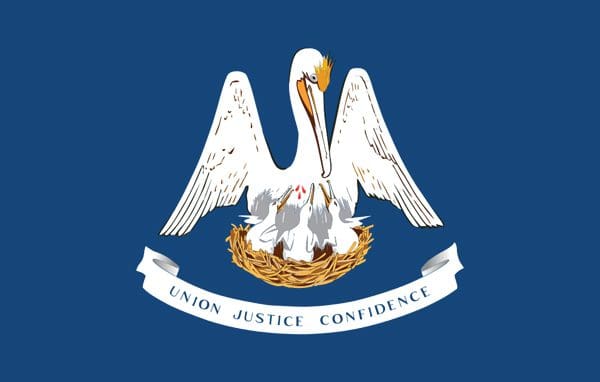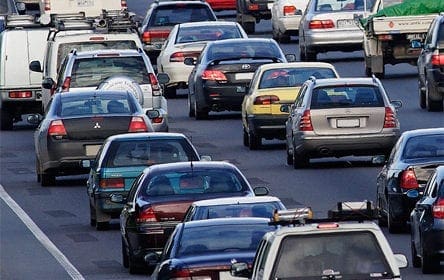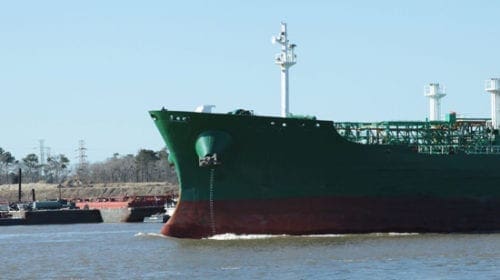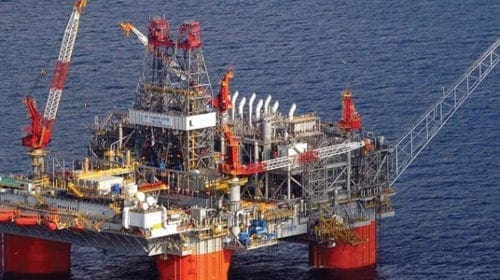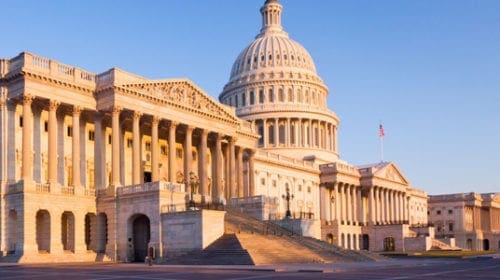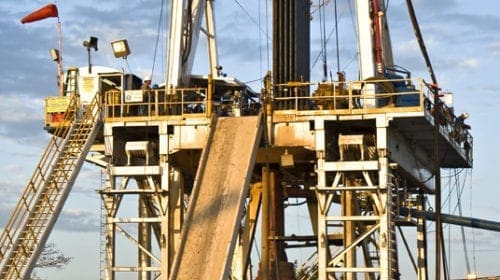U.S. Senator Bill Cassidy (R-La.) in July applauded the U.S. Department of Energy’s (DOE) final approval of Cameron LNG’s latest exportation authorization to non-free trade agreement (FTA) countries.
“This is great news for Southwest Louisiana and the American energy economy,” Cassidy said in a July 15 statement. “This approval will bring billions of dollars of investment and good high-paying jobs to Louisiana. There is a tremendous global demand for American natural gas, and today [DOE] made the right decision in making our resources available to international customers. The department should approve other LNG projects in an expeditious manner.”
In May 2015, Cameron LNG filed an application with DOE for authorization to export LNG produced from domestic sources in a volume equivalent to 515 billion cubic feet per year (Bcf/yr) from the existing Cameron LNG Terminal in Cameron and Calcasieu Parishes in Louisiana.
Previously, Cameron LNG received authorization from the Federal Energy Regulatory Commission and DOE to construct and develop three liquefaction trains to liquefy natural gas at the Cameron Terminal and to export to foreign markets. The May 2015 application sought authorization to export an additional volume of LNG from two new liquefaction trains to be constructed as an expansion project.
This latest authorization brings Cameron LNG’s total authorized non-FTA export volume to 1,287 Bcf/yr from five trains of the terminal.
According to DOE’s final order, natural gas exported under the order will be delivered to the Cameron Terminal through the Cameron Interstate Pipeline from five major interstate pipelines. The source of the natural gas will include supplies available from the Texas and Louisiana producing regions. The Barnett, Haynesville and Eagle Ford Shale formations will serve as additional sources of natural gas.
In its order, DOE said that it considered the cumulative effects of the total volume of all final non-FTA export authorizations to date. Including the latest Cameron LNG authorization, DOE has authorized a cumulative volume of exports totaling 13.22 Bcf/d of natural gas, or 4.83 Tcf/yr, for 18 final authorizations.
DOE said that it will continue taking a “measured approach” in its review of non-FTA export authorizations for domestic LNG. The reasons DOE cited for proceeding cautiously on new authorizations included:
- The limited nature of LNG export studies from 2014 and 2015
- Applications to export significant quantities of domestically produced LNG are a “new phenomena with uncertain impacts”
- The market for natural gas has experienced rapid reversals in the past and is again changing rapidly due to economic, technological and regulatory developments
“The market of the future very likely will not resemble the market of today,” DOE said in its order. “In recognition of these factors, DOE intends to monitor developments that could tend to undermine the public interest in grants of successive applications for exports.”
DOE’s authorization requires Cameron LNG to begin LNG export operations from the expansion project no later than seven years from the July 15 date of the order.
Cameron LNG is an indirect subsidiary of Sempra Energy; GDF SUEZ S.A.; Mitsui & Co., Ltd.; Mitsubishi Corp.; and Nippon Yusen Kabushiki Kaisha.
Oil and gas operations are commonly found in remote locations far from company headquarters. Now, it's possible to monitor pump operations, collate and analyze seismic data, and track employees around the world from almost anywhere. Whether employees are in the office or in the field, the internet and related applications enable a greater multidirectional flow of information – and control – than ever before.

